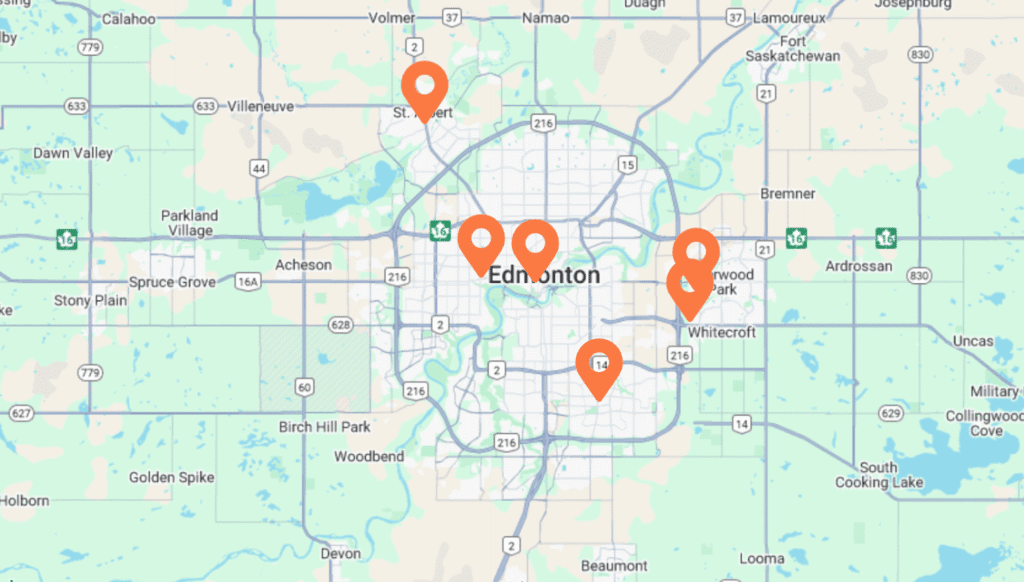
September 4, 2023
The Growing Problem of Drug-Resistant UTI’s
Are you going to the bathroom every 5 minutes, and it feels like peeing razor blades?
First, what is Naltrexone?
Naltrexone is a drug that was approved in 1997 by Health Canada (1984 by the FDA in the US) in a 50mg dose for the purpose of reducing the euphoric effects of alcohol. Naltrexone not only helps patients achieve abstinence, but it is also a very competitive antagonist of opioid receptors thus having the ability to rescue individuals from heroin or opium overdosing.
What is Low Dose Naltrexone?
In 1985, Bernard Bihari, MD, a physician with a clinical practice in New York City, discovered the effects of much smaller doses of naltrexone such as 1.5mg – 4.5mg (approximately one-tenth of 50mg) impacts body’s immune system.
What conditions are normally treated with Low Dose Naltrexone (LDN)?
Doctors from all over the world have been reporting extremely positive responses for patients with a variety of medical problems. This list represents just a few of the most commonly treated conditions:
How does Low Dose Naltrexone work?
LDN therapy has several mechanisms of action which work together to produce benefits for patients. Most experts are seeing significant improvement in over 80% of treated patients. LDN appears to work in several ways:
What are the side effects of Low Dose Naltrexone?
We expect very few side effects with this therapy. Some patients will experience vivid dreams during the first few days of LDN. A few patients have reported a single-day episode of headaches or body aches, but these are not common.
LDN therapy frequently causes thyroid medication to work more effectively in the body. Therefore, we have our thyroid patients watch for the development of symptoms of high thyroid, Then, if needed, they work with their provider to reduce their daily dosage to a more appropriate level.
If a patient is on opioid medications for chronic pain, ultra-low-dose naltrexone options will need to be discussed. Parkinson’s patients may rarely require a medication dosage adjustment after a few months of LDN.
How long does it take to see desired effects?
The response time of patients on LDN therapy varies by individual and type of medical condition. Most of our patients see significant improvement within the first two months however, experts agree eight months of therapy is required to see maximum benefit.
What is the recommended dosage?
Experience providers recommend starting doses ranging from 0.25 mg – 1 mg, then increase the daily dose in small weekly increments. When an optimal response is achieved, patients are instructed to consider that as a maintenance dose, usually between 2.5 – 4.5 mg/day. We have many dosage schedules available and are happy to suggest the most appropriate regimen for you and your doctor.
Is LDN Covered?
Yes. Currently, in Alberta Low Dose Naltrexone is covered by most insurance plans as this dose is not commercially available.
What else can I do to help LDN therapy work better?
Many factors are known to contribute to the development of auto-immune and inflammatory diseases. The pharmacists of Dispensaries Ltd are prepared to help our LDN patients with advice on the most beneficial supplements, nutritional choices and lifestyle changes to improve therapy success.
If you have any questions about LDN and if it is a choice for you, contact one of our locations.
From hormone balance, over gut health, to overall wellness. Stay informed with tips from our pharmacists at Dispensaries Ltd.

We’re proud to serve communities across the region and throughout Alberta with care and convenience.
Each of our stores is staffed by knowledgeable, compassionate professionals ready to help you with everything from compounding pharmacy services to supplement guidance and beyond.